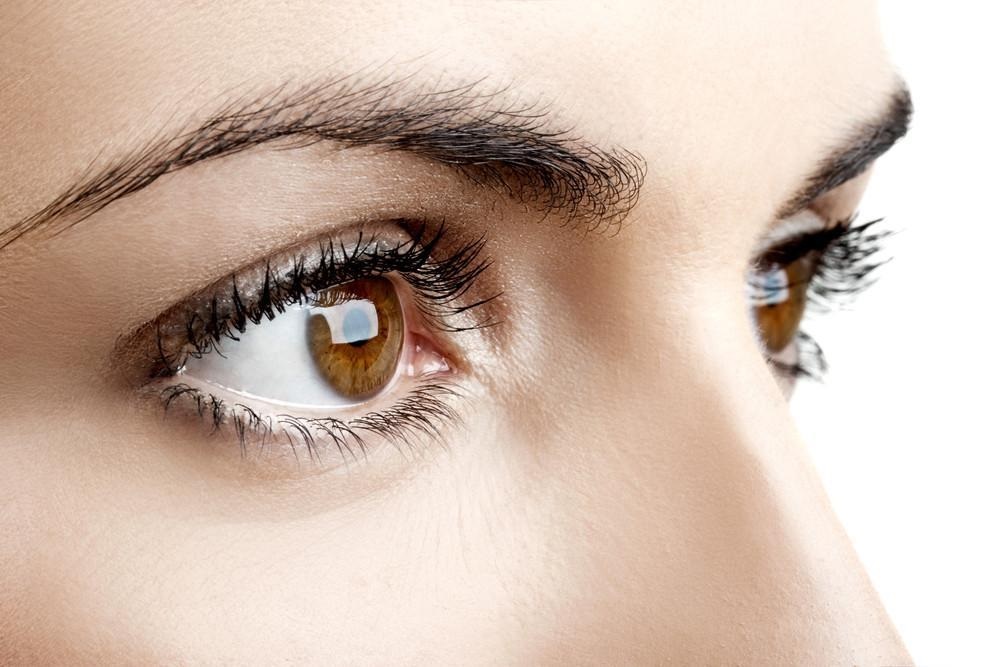Pediatric heart conditions are abnormalities in the heart’s structure of a growing baby that develop while growing in the uterus during their formative years (0 to 8 years) and adolescence. This article highlights the various types of conditions, how they can be diagnosed, and when to seek medical attention. Pediatric surgery has witnessed remarkable advancements in recent years, revolutionizing the way healthcare is delivered to young patients. The field now encompasses cutting-edge technologies, minimally invasive procedures, and a multidisciplinary approach that ensures comprehensive care for children facing surgical challenges.
Types of Pediatric Heart Conditions
Pediatric heart conditions are broadly divided into congenital heart defects and acquired heart conditions, as described below.
Congenital Heart Defects
Congenital heart defects usually develop in the early months of pregnancy when the heart structures form. The common ones that affect children are:
1. Hypoplastic Left Heart Syndrome – A condition in which the left side of the heart almost does not develop.
2. Heart Valve Anomalies – These disorders present with narrowing or stenosis of the heart valves, especially the aortic valve.
3. Atrial Septal Defects – It is a hole in the heart that later results in pulmonary hypertension, pediatric heart failure, and irreversible damage to the lungs.
4. Patent Ductus Arteriosus – After birth, this vessel closes. However, if it stays open, it results in a heart defect that affects blood flow through the major vessels.
5. Tetralogy of Fallot – This unique condition in children combines four congenital heart defects at birth. The four defects are:
i.narrowed passage between the right ventricle and pulmonary artery
ii ventricular septal defect
iii a displaced aorta
- right ventricular hypertrophy
All these combined result in complications such as irregular heartbeats, coronary artery disease, and even worse sudden cardiac death.
Acquired Heart Conditions
Acquired heart conditions result from post-surgical complications from correcting a congenital heart defect, genes, or exposure to risky treatments such as chemotherapy at an early age. A child with a history of chronic illness is also susceptible to developing one of the childhood heart diseases.
Viral infections
Myocarditis is a disease caused by a viral infection, basically inflammation of the muscle surrounding the heart, the myocardium. It affects the ability of the heart to circulate blood around the body.
Rheumatic heart disease
This is a cardiac problem in children brought on by the same bacteria that cause strep throat and scarlet fever. It often begins as rheumatic fever; if not well treated, the child is at higher risk of developing rheumatic heart disease years later.
Pericarditis
This is simply the inflammation of the pericardium, the membrane surrounding the heart. It is often a post-surgical complication but usually manifests as a result of bacterial infections, connective tissue disorders, or chest traumas.
Heart murmurs
They refer to abnormal sounds in the heart. In most cases, they get resolved independently without needing treatment.
Kawasaki disease
It is a pediatric condition characterized primarily by inflammation of blood vessels in the mouth, lips, throat, feet, and hands. According to sources, it is the leading cause of most pediatric heart conditions in 1 out of 4 children before age 5.
Arrhythmias
These refer to abnormal rhythms of the heart. The heart’s capacity to pump blood is diminished.
Atherosclerosis
It is a condition that is rare in children and arises due to the buildup of fat and cholesterol within the body’s arteries. A child with type 1 diabetes, obesity, or even high blood pressure could be at risk of developing this condition in later years.
Cardiomyopathy
Cardiomyopathy in children is a rare condition in which the child’s heart muscles become stiff, thickened, and enlarged, thereby restricting the heart muscles from contracting and relaxing.
Signs of Pediatric Heart Conditions
The symptoms of congenital heart defects are seen as soon as the baby is born or in the first few months. The common signs in newborns include:
Cyanosis
This is a significant obvious sign that the body is not getting enough oxygenated blood. It is a condition that presents as the pale blue or grey coloration of the fingernails, tongue, and lips due to insufficient oxygen supply to the tissue and concentration of carbon dioxide in the blood.
Difficulty breathing
Most children with heart defects are usually put on a ventilator through a breathing tube to help them breathe, as their lungs find it challenging to do so on their own since enough blood is not being pumped to them from the heart.
Edema
An accumulation of fluid around the body presents as swelling in the limbs, the abdominal area, and around the eye sockets.
Inability to feed
Due to shortness of breath during ingesting and masticating, a child does not feed well, resulting in weight loss and malnourishment in the newborn.
Diagnosis
The causes of heart problems in children can be aetiological. However, several predisposing factors could contribute to its occurrence in a child.
If, on examination of the newborn, cyanosis is observed on either the lips or skin and heart murmurs are identified through the stethoscope, then an existing heart defect is probable. Other tests that are carried out to diagnose these diseases include electrocardiogram (ECG), chest x-ray, cardiac catheterization, and pulse oximetry.
When to Seek Medical Advice
Technological advancements in medicine enable medical personnel to detect heart defects even before the baby is born. However, if it is not seen while the baby is in utero when the baby’s lips are blue, it signifies a heart condition. You should seek medical help when you notice any signs and symptoms listed above to correct them as quickly as possible.
Conclusion
Pediatric heart conditions could either be congenital or acquired. Most pediatric heart conditions are not severe and require close monitoring. With new treatments and technologies developed, children born with these conditions live healthy and long lives.






